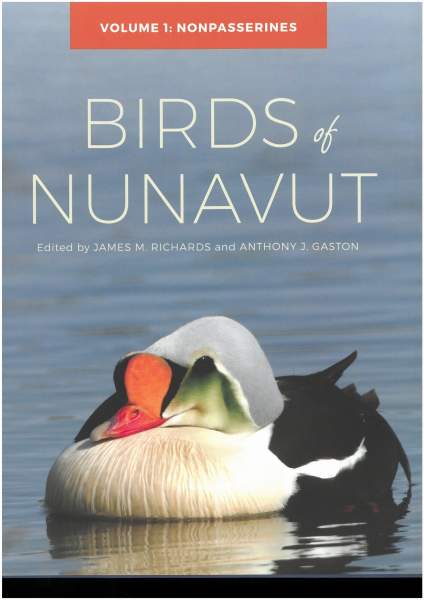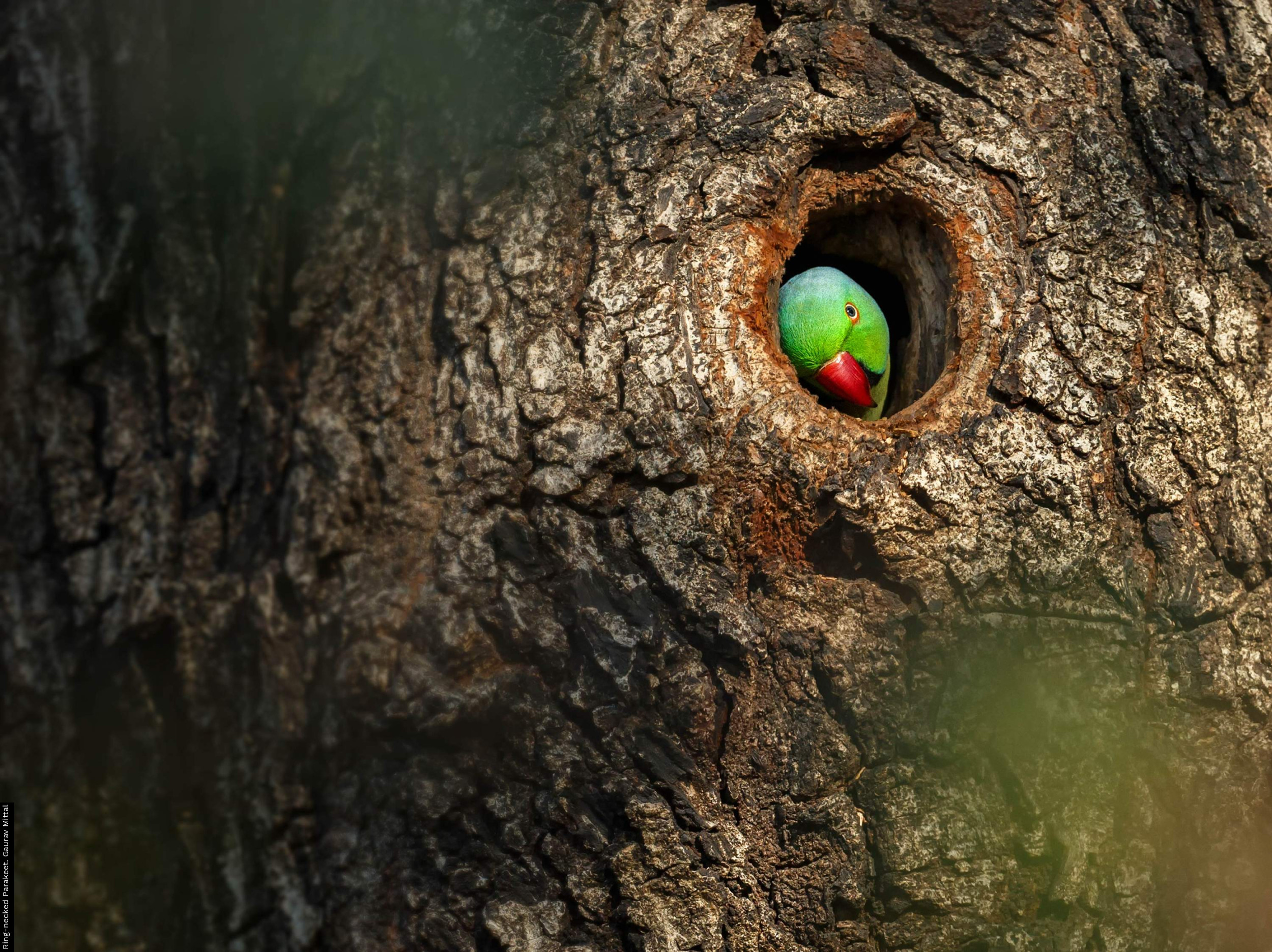
Publisher: University of British Columbia Press, Vancouver
Publication Year: 2018
Binding: Hardback
Page Count: 810
ISBN Number: 9780774860246
Price: £ 99.99
Birds of Nunavut (2 volume set)
Many readers, perhaps most, will be unfamiliar with the territory of Nunavut, a sprawling landscape dominated by islands that covers nearly two million square kilometres. Created in 1999 by division of Canada’s Northwest Territories, Nunavut supports a human population of fewer than 40,000 individuals, making it one of the most sparsely populated landscapes on our planet. Readers are more likely to recognise some of its component islands, such as Baffin Island and Ellesmere Island, and may already have clear sense of the bird communities likely to be found here.
The avifauna of the region is dominated by waterfowl (Anseriformes) and waders (Charadriiformes), a feature that is particularly evident within the Arctic and High Arctic components of this vast land area. The species richness of avian communities within the Arctic is generally low, though this is not the case for seabirds, where species richness peaks in the subpolar waters (Gaston, 2004), making the region important in a global context. In addition to a suite of national parks, national marine conservation areas, migratory bird sanctuaries and territorial parks, Nunavut has 55 IBA’s (Important Bird Areas), whose designation has been made possible because of the remarkable body of research that has been undertaken.
The impacts of climate change are likely to be felt hard by Nunavut and its wildlife, something that makes the publication of this two-volume book all the more important. The two volumes cover between them all of the bird species known to have occurred within the territory, something that results in 295 species accounts, of which 145 cover birds known to have bred here. Treatment of the individual species accounts follows a general structure, with standard sections on appearance, subspecies, distribution (including a map), behaviour, habitat, diet, breeding ecology and status. Also included is information on where to see the species within the territory. While the accounts for less common or occasional visitors are stripped down, missing many of these sections, they typically include an additional section detailing the record of occurrences of the species. These can be short, as is the case of Gray-crowned Rosy-Finch Leucosticte tephrocotis, with its single record of an adult male seen on 6 August 1994, through to longer accounts typically detailing records extending back into the early 1900s, as is the case for Cedar Waxwing Bombycilla cedarum. There is even an account for Passenger Pigeon Ectopistes migratorius, the sole record for which was a young male bird that landed aboard Captain Ross’s ship, the Victory, during a storm on Baffin Bay on 31 July 1829; this is not the only extinct bird to grace the pages of the book!
Throughout the book the individual accounts are accompanied by photographs, the vast majority of which are extremely good and well reproduced. These, coupled with the layout, provide a sense of quality and authority, which is felt throughout both of the volumes. The photographs include both those of the birds themselves, shown in the range of plumages typically seen in Nunavut, and their nests, where the species is a regular breeder. The accounts are well-referenced, a full reference list appearing at the end of the book, and highly accessible. Away from the species accounts are sections on the geography and ecology of the region, one on the important and protected areas, and one on the history of ornithology in Nunavut. Sections on monitoring and the threats facing the avian communities found in the region provide valuable insight, and should help to drive forward future work. The appendices include a checklist of the birds of Nunavut, a list of ‘unconfirmed’ species and recommended reading for general research.
The Birds of Nunavut is a good example of a well-produced avifauna, with the material presented based on extensive research that has been carried out both in the field and across the literature. The editors, James Richards and Anthony Gaston, bring a wealth of knowledge to the project and something of their enthusiasm can be seen within the engaging text and images. They should both be rightly proud of their achievements and of this fascinating and informative book.
Book reviewed by Mike Toms
buy this book





Share this page